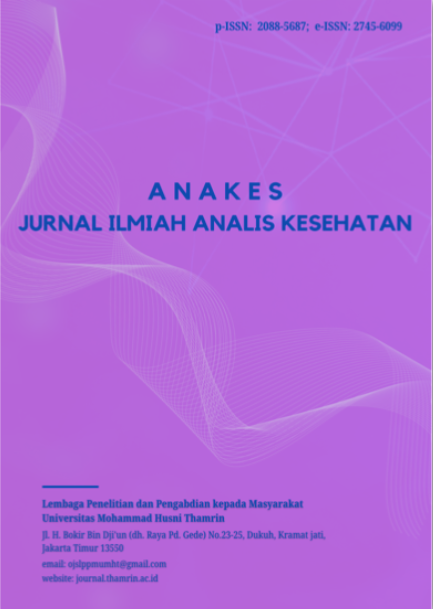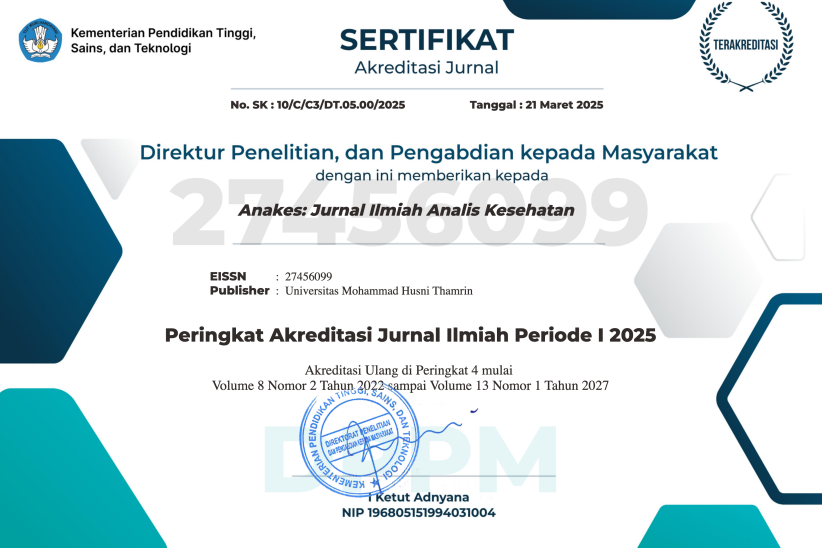Penerapan Model Lean Six Sigma Dalam Menurunkan Waktu Tunggu Layanan Pra-Analitik Di Laboratorium Rumah Sakit Fatmawati Jakarta
DOI:
https://doi.org/10.37012/anakes.v11i1.2619Abstract
Pre-analytical errors represent a major source of inaccuracy in laboratory testing, contributing to approximately 70% of total diagnostic errors. At Fatmawati Hospital, prolonged patient waiting times within the laboratory workflow have emerged as a critical issue, adversely affecting both service quality and patient satisfaction. Lean Six Sigma (LSS) provides a structured methodology to systematically identify, analyze, and eliminate process inefficiencies and errors. This study aimed to apply the LSS framework to enhance the operational efficiency of pre-analytical laboratory services. An action research design was employed, utilizing the DMAIC (Define, Measure, Analyze, Improve, Control) model. Data collection methods included direct observation, structured interviews, and process audits, with subsequent analysis conducted using descriptive and inferential statistics. Implementation of LSS led to a statistically significant reduction in patient waiting times, decreasing from a mean of 129.13 minutes to 83.04 minutes — an improvement of 46.09 minutes or approximately 35.7%. This outcome was achieved through the elimination of non-value-added activities and the optimization of service pathways. In summary, the findings demonstrate that Lean Six Sigma is an effective approach for improving efficiency and service quality within pre-analytical laboratory operations. The results underscore the potential of LSS to serve as a transformative tool in laboratory process management.
Keywords: Lean Six Sigma, Waiting Time, Pre-analytical Process, Laboratory Services
Downloads
Published
How to Cite
Issue
Section
Citation Check
License
Copyright (c) 2025 Dewi Inderiati, Danni Hidayat, Lidya Utamai, Citra Amaniah Anhar

This work is licensed under a Creative Commons Attribution 4.0 International License.
Anakes :Â Jurnal Ilmiah Analis Kesehatan allows readers to read, download, copy, distribute, print, search, or link to the full texts of its articles and allow readers to use them for any other lawful purpose. The journal allows the author(s) to hold the copyright without restrictions. Finally, the journal allows the author(s) to retain publishing rights without restrictions Authors are allowed to archive their submitted article in an open access repository Authors are allowed to archive the final published article in an open access repository with an acknowledgment of its initial publication in this journal.

Lisensi Creative Commons Atribusi 4.0 Internasional.











